Home>Articles>How To Store Vegetables Long-Term Without Refrigeration
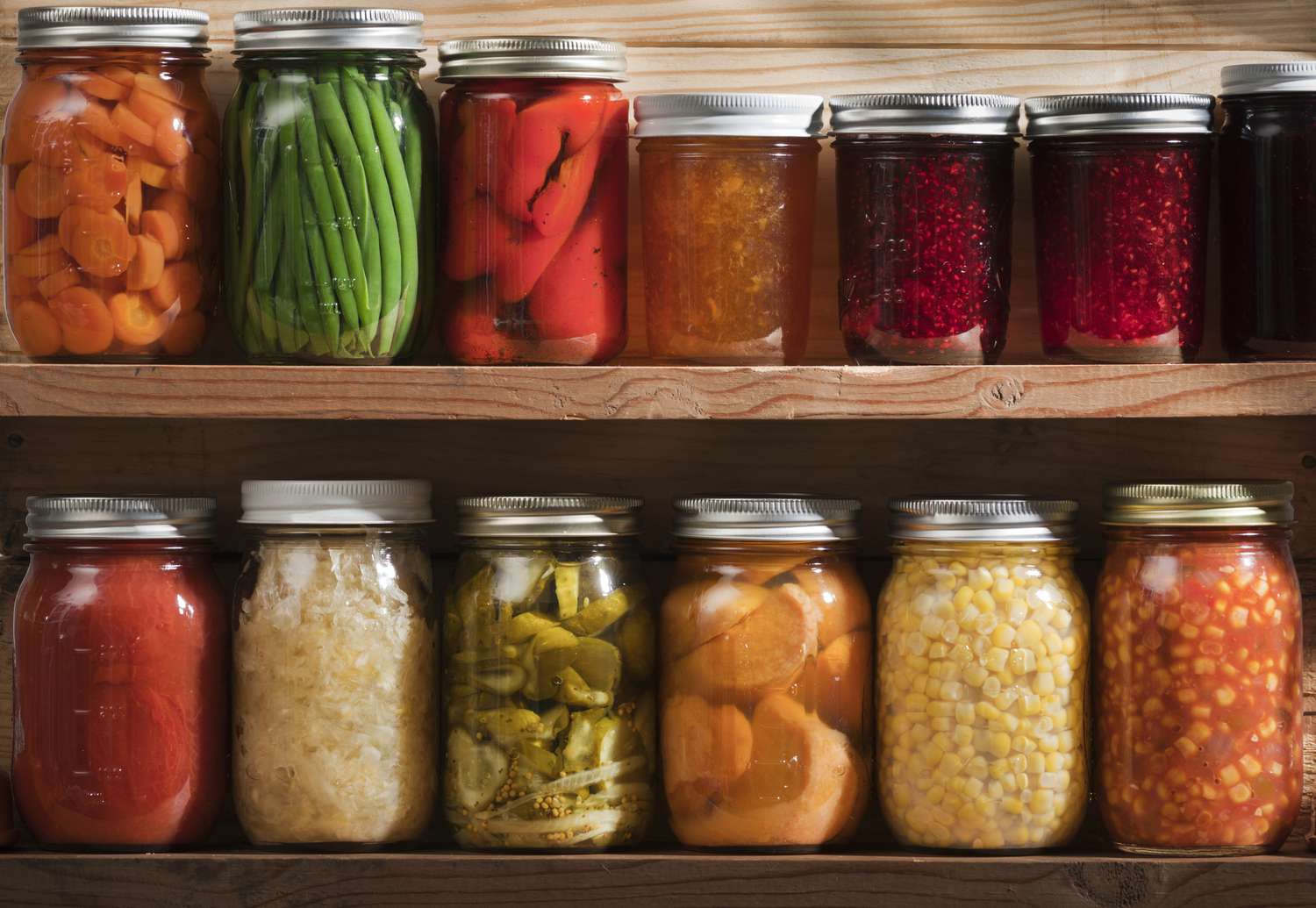

Articles
How To Store Vegetables Long-Term Without Refrigeration
Modified: October 30, 2024
Discover articles on how to store vegetables for long-term preservation without refrigeration, ensuring their freshness and nutritional value.
(Many of the links in this article redirect to a specific reviewed product. Your purchase of these products through affiliate links helps to generate commission for Storables.com, at no extra cost. Learn more)
Introduction
When it comes to storing vegetables long-term, most people instinctively reach for the refrigerator. However, what if you find yourself in a situation where refrigeration is not available? Perhaps you’re going on a camping trip, experiencing a power outage, or living in a remote area with limited access to electricity. Don’t worry! There are alternative methods to safely store vegetables without the need for refrigeration.
In this article, we’ll explore traditional storage techniques that have been used for centuries to keep vegetables fresh, crispy, and vibrant. Whether you have a bountiful harvest from your garden or want to stock up on produce for an extended period, these methods will ensure your vegetables maintain their taste and nutritional value.
By employing these techniques, you can store a wide range of vegetables, including root vegetables, leafy greens, cruciferous vegetables, tomatoes, peppers, onions, garlic, potatoes, sweet potatoes, carrots, beets, pumpkins, winter squash, cabbage, and Brussels sprouts.
Ready to dive in and discover how to store vegetables long-term without refrigeration? Let’s get started!
Key Takeaways:
- Embrace traditional storage techniques like root cellars, sand storage, canning, fermentation, and drying to keep a wide variety of vegetables fresh and flavorful without the need for refrigeration.
- Proper storage conditions, moisture control, and regular inspection are essential for maintaining the quality and longevity of stored vegetables. Consider preservation methods like canning, fermenting, and drying to extend shelf life and enjoy a variety of preserved options throughout the year.
Read more: How To Store Apples Long-Term
Traditional Storage Techniques
Before the advent of refrigeration, people relied on various traditional storage techniques to preserve vegetables for extended periods. These methods take advantage of natural conditions to create an environment that slows down the vegetable spoilage process. Let’s explore some of these techniques.
- Root Cellar: A root cellar is a cool, dark, and well-ventilated storage space that provides ideal conditions for storing root vegetables like potatoes, carrots, beets, and onions. The temperature in a root cellar should be around 32 to 40°F (0 to 4°C) with a humidity level of 85 to 95%. This helps to prevent moisture loss and keeps the vegetables fresh for many months.
- Sand Storage: Another traditional method involves burying root vegetables in sand. Fill a wooden box or a bucket with damp sand and layer the vegetables inside. Make sure they do not touch each other. Store the box or bucket in a cool and dark place, such as a basement or closet. The sand provides insulation and helps regulate moisture levels, keeping the vegetables from drying out.
- Canning: Canning vegetables involves preserving them in sealed jars with heat. While this method requires some equipment and process knowledge, it allows for long-term storage of various vegetables. The heat kills bacteria and other microorganisms while creating a vacuum seal that prevents air and moisture from entering the jars, thus preserving the vegetables for months or even years.
- Fermentation: Fermenting vegetables not only extends their shelf life but also enhances their flavors. This method involves submerging vegetables in a brine solution or packing them tightly into jars and letting them naturally ferment over time. The fermentation process creates lactic acid, which acts as a natural preservative, preventing spoilage. Fermented vegetables like sauerkraut and kimchi can be stored in a cool place or even in the refrigerator.
- Drying: Drying vegetables removes moisture, making it difficult for bacteria and mold to grow. There are various methods for drying vegetables, including air drying, sun drying, or using a food dehydrator. Once completely dried, store the vegetables in airtight containers in a cool and dry location. Vegetables like tomatoes, peppers, and herbs are particularly well-suited for drying.
By utilizing these traditional storage techniques, you can effectively extend the lifespan of your vegetables without relying on refrigeration. Let’s now explore specific vegetable types and how to store them long-term.
Root Vegetables
Root vegetables, such as potatoes, carrots, beets, and onions, are known for their long shelf life. To store these vegetables without refrigeration, follow these guidelines:
- Potatoes: Store potatoes in a cool, dark, and well-ventilated place, like a root cellar or a basement. Keep them away from direct sunlight, as exposure to light can cause potatoes to turn green and develop a bitter taste. Avoid storing potatoes near other fruits or vegetables that release ethylene gas, as this can accelerate the spoilage process.
- Carrots: Remove the green tops from carrots, as the tops draw moisture from the roots, causing them to wilt. Place the carrots in a perforated plastic bag or wrap them in damp paper towels to maintain proper moisture levels. Store them in a basement or a cool pantry.
- Beets: Cut off the leafy tops of beets, leaving about an inch of stem intact. Store the beets in a cool and dark location, preferably in a box or a bin filled with slightly damp sand or sawdust to provide moisture and prevent them from drying out. Check them periodically for any signs of spoilage.
- Onions: Store onions in a well-ventilated area, such as a mesh bag or a wire basket. Avoid storing onions near potatoes or other vegetables that release moisture, as this can cause onions to spoil quickly. Keep them away from direct sunlight and in a cool, dry place. If any onions start to sprout or show signs of rotting, remove and use them immediately.
By following these storage techniques, you can ensure that your root vegetables remain fresh and in optimal condition for an extended period of time. Proper storage will help you maximize the use of these versatile vegetables in your meals without the need for refrigeration.
Leafy Greens
Leafy greens, such as lettuce, spinach, kale, and Swiss chard, are packed with nutrients and add freshness to any meal. While these delicate greens are usually associated with refrigeration, there are ways to store them long-term without the need for a fridge:
- Moisture Control: The key to storing leafy greens without refrigeration is to control their moisture levels. After harvesting or purchasing leafy greens, gently wash and dry them thoroughly. Excess moisture can lead to wilting and spoilage. You can use a salad spinner or blot the leaves with a clean kitchen towel to remove any excess water.
- Storage Containers: Place the dried leafy greens in a perforated plastic bag or airtight container. The perforations allow for air circulation while preventing moisture buildup. You can also line the container with a paper towel to absorb excess moisture. Alternatively, wrapping the greens in a damp paper towel and then sealing them in a plastic bag can help maintain their hydration levels.
- Cool and Dark Location: Store the container of leafy greens in a cool and dark place, such as a pantry, basement, or root cellar. Avoid exposing them to direct sunlight or extreme temperatures, as this can cause wilting and spoilage. Check the greens periodically for any signs of decay and remove any damaged leaves to prevent the spread of rot.
- Harvesting as Needed: Another option is to grow your own leafy greens and harvest them as needed. This ensures the freshest possible greens for your meals. Simply plant a variety of leafy greens in your garden or in pots and pick the leaves as you require them. This way, you can enjoy a continuous supply of fresh greens without the need for long-term storage.
By following these storage techniques, you can successfully store leafy greens without refrigeration and enjoy their vibrant flavors and nutritional benefits for an extended period. Remember to always check the leaves before consuming and remove any spoiled parts for optimal enjoyment.
Cruciferous Vegetables
Cruciferous vegetables, such as broccoli, cauliflower, cabbage, and Brussels sprouts, offer a wide range of health benefits. While these vegetables are often associated with refrigeration, you can still store them without the need for a fridge. Here’s how:
- Cabbage and Brussels Sprouts: Both cabbage and Brussels sprouts have a relatively long shelf life. To store them without refrigeration, remove any damaged or wilted outer leaves. Keep the cabbage or Brussels sprouts intact and store them in a cool and dark location, such as a root cellar or basement. These vegetables can tolerate cool temperatures and remain fresh for several weeks.
- Broccoli and Cauliflower: Broccoli and cauliflower are more delicate and susceptible to moisture. After purchasing or harvesting these vegetables, remove any leaves and cut them into florets. Blanche the florets by immersing them in boiling water for a brief period and then quickly transferring them to an ice bath to stop the cooking process. Drain and let the florets dry completely. Place them in a perforated plastic bag, ensuring that excess moisture is released, and store them in a cool and dark location.
- Freezing: If you have an excess amount of cruciferous vegetables, another option is to blanch and freeze them. Blanching helps to retain their color, texture, and nutritional value. After blanching, quickly cool the vegetables in an ice bath, drain them, and then transfer them to freezer-safe bags or containers. Label and date the bags before placing them in the freezer. Frozen cruciferous vegetables can be stored for several months, making them a convenient option for long-term storage.
By utilizing these storage techniques, you can keep cruciferous vegetables fresh and accessible without the need for refrigeration. Just remember to regularly inspect the vegetables for any signs of spoilage and remove any damaged portions before consuming.
Read more: How To Store Persimmons Long Term
Tomatoes and Peppers
Tomatoes and peppers are versatile vegetables that can add a burst of flavor to countless dishes. While refrigeration is commonly used to store these vegetables, there are alternative methods to keep them fresh without the need for a fridge:
- Ripening: If you have harvested or purchased unripe tomatoes or peppers, allow them to ripen fully before storing them. Place the unripe fruits in a single layer in a cool and well-ventilated area, away from direct sunlight. Check them regularly and rotate them to ensure even ripening. Once fully ripe, you can proceed with the storage methods below.
- Room Temperature Storage: Fully ripe tomatoes and peppers can be stored at room temperature in a cool and dry location, such as a pantry or countertop. Keep them away from direct sunlight, as exposure to light can cause the fruits to overripen. Make sure to inspect the tomatoes and peppers regularly and use any that show signs of spoilage immediately.
- Drying: Both tomatoes and peppers can be dried for long-term storage. To dry tomatoes, slice them into thin pieces or halves and place them on a dehydrator tray or a baking sheet. Dry them at a low temperature for several hours until they become leathery in texture. For drying peppers, you can cut them into rings or halves, remove the seeds, and follow the same drying process. Once dried, store the tomatoes and peppers in airtight containers in a cool and dark place.
- Canning: Another popular method for preserving tomatoes and peppers is canning. This method involves cooking the fruits and packing them in sterilized jars with added acid and salt. The high heat kills bacteria and creates a tight seal that prevents spoilage. Properly canned tomatoes and peppers can be stored in a cool and dark pantry for up to a year or more.
By employing these storage techniques, you can ensure that your tomatoes and peppers stay fresh and maintain their flavors for an extended period. Whether you choose to store them at room temperature or opt for drying or canning, these methods offer alternative ways to enjoy these vibrant vegetables without refrigeration.
Onions and Garlic
Onions and garlic are staple ingredients in many savory dishes, and their ability to enhance flavors is unmatched. These root vegetables have a natural storage ability that allows them to last for months without refrigeration. Here are some tips for storing onions and garlic:
- Curing: After harvesting onions and garlic, allow them to cure before storing. Cure them in a well-ventilated area with low humidity, such as a covered porch or a shaded spot outdoors. Spread them out in a single layer or hang them in bundles, ensuring good air circulation. Allow them to cure for a few weeks until the outer skin turns papery and dry.
- Avoid Moisture: Onions and garlic require dry conditions to prevent spoilage. Store them in a cool and dry location, such as a pantry or cellar, away from moisture and direct sunlight. Ensure that the storage area is well-ventilated to prevent the accumulation of excess moisture that can lead to rotting.
- Separate Storage: It is best to store onions and garlic separately since they emit gases that can affect each other’s storage life. Keep them in mesh bags or baskets to allow air circulation and prevent moisture buildup. Avoid storing them in plastic bags, as this can trap moisture and accelerate spoilage.
- Monitoring: Regularly check the stored onions and garlic for any signs of spoilage, such as soft spots, mold growth, or sprouting. Remove any damaged or spoiled bulbs immediately to prevent the spread of decay.
By following these storage tips, you can enjoy the pungent flavors of onions and garlic for an extended period without the need for refrigeration. Proper storage conditions will ensure that they remain fresh and available for your culinary creations.
Store root vegetables like potatoes, onions, and carrots in a cool, dark, and well-ventilated place to extend their shelf life. Keep them away from sunlight and moisture to prevent sprouting and rotting.
Potatoes and Sweet Potatoes
Potatoes and sweet potatoes are versatile root vegetables that can be stored for long periods without refrigeration. These starchy vegetables require specific storage conditions to prevent sprouting, rotting, or dehydration. Here are some tips for storing potatoes and sweet potatoes:
- Cool and Dark Storage: Both potatoes and sweet potatoes should be stored in a cool, dark, and well-ventilated location. The temperature in the storage area should ideally be between 45 to 55°F (7 to 13°C). A root cellar, basement, or garage can provide suitable conditions for storing these vegetables.
- Avoid Direct Sunlight: Exposure to sunlight can cause potatoes and sweet potatoes to sprout and turn green. Store them in a container or a paper bag to protect them from light. Avoid using plastic bags, as they can trap moisture and lead to rotting.
- Avoid Moisture: Ensure that the storage area is dry and free from excess moisture. Too much moisture can cause potatoes and sweet potatoes to rot. Do not wash the vegetables before storing them, as dampness can encourage the growth of mold and bacteria. Only wash them right before cooking.
- Proper Ventilation: Good air circulation is crucial for preventing the buildup of excess moisture and the growth of mold. Do not store potatoes or sweet potatoes in airtight containers. Instead, use open containers or perforated bags to allow for proper ventilation.
- Separate Damaged Potatoes: Check the stored potatoes and sweet potatoes regularly for any signs of rot or decay. If you find a damaged or spoiled potato or sweet potato, remove it immediately to prevent the spread of spoilage to the rest of the collection.
- Sweet Potato Curing: Sweet potatoes can benefit from a curing period before long-term storage. After harvesting, leave the sweet potatoes in a warm and humid environment for about 10 days. This process allows the sugars to develop and enhances the flavor. After curing, transfer the sweet potatoes to a cool and dark storage area.
By following these storage guidelines, you can ensure that your potatoes and sweet potatoes stay fresh and flavorful for an extended period without refrigeration. Proper storage conditions are vital to prevent sprouting, rotting, and loss in quality, allowing you to enjoy these versatile vegetables throughout the year.
Carrots and Beets
Carrots and beets are nutritious root vegetables that can be stored for a long time without refrigeration. Proper storage conditions are essential to keep them fresh and prevent spoilage. Here’s how to store carrots and beets for long-term use:
- Remove Greens: Carrots and beets should be stored without their greens. The greens draw moisture from the roots, causing them to become limp. Remove the green tops, leaving about an inch of stem attached to the carrots and beets.
- Storage Containers: Place carrots and beets in separate, perforated plastic bags or containers. The perforations allow for proper air circulation, preventing the build-up of excess moisture. Alternatively, you can wrap the vegetables individually in slightly damp paper towels before storing them in a container or a zip-top bag.
- Temperature and Location: Store the containers of carrots and beets in a cool and dark location. The ideal temperature range for storage is around 32 to 40°F (0 to 4°C). A root cellar or a basement provides the right conditions, as they are typically cool and well-ventilated.
- Avoid Moisture: Moisture can cause carrots and beets to rot quickly. Make sure the storage area is dry and free from excessive humidity. Check the containers regularly and discard any vegetables that show signs of moisture or decay.
- Separate Storage: To prevent the flavors from mingling, it’s best to store carrots and beets separately. Both vegetables emit ethylene gas, which can accelerate spoilage. By storing them apart, you can extend their shelf life.
- Periodic Inspection: Periodically inspect the stored carrots and beets for any signs of spoilage. Remove any vegetables that have become soft, moldy, or rotten to prevent the spread of decay to the others.
By following these storage techniques, you can ensure that your carrots and beets stay fresh and retain their nutritional value for an extended period. With proper storage, you can enjoy these vibrant root vegetables throughout the year, even without the need for refrigeration.
Read more: How To Store Eggplant Long Term
Pumpkins and Winter Squash
Pumpkins and winter squash are delicious and versatile vegetables that can be enjoyed in various dishes. These hearty vegetables have a long shelf life and can be stored without refrigeration. Follow these tips to store pumpkins and winter squash for long-term use:
- Curing: Before storing, allow pumpkins and winter squash to cure for about two weeks. Cure them in a warm and dry location with good airflow, such as a sunny spot in your home or a covered porch. This process helps harden the skin and extend their storage life.
- Clean and Dry: Ensure that the pumpkins and winter squash are clean and dry before storing them. Use a soft brush or cloth to gently remove any dirt or debris. Moisture can lead to rotting, so it is essential to let the vegetables dry thoroughly before storage.
- Storage Conditions: Store pumpkins and winter squash in a cool, dry, and well-ventilated area. The ideal storage temperature is around 50 to 55°F (10 to 13°C). A basement, cellar, or garage can provide suitable conditions. Avoid areas that are prone to temperature fluctuations or excessive humidity.
- Surface Protection: Protect the surface of pumpkins and squash by placing them on a padded surface or storing them on wood shavings, straw, or cardboard. This helps prevent bruising and extends the longevity of the vegetables.
- Space and Air Circulation: Avoid stacking pumpkins and winter squash directly on top of each other. Leave some space between each vegetable to allow air circulation, reducing the risk of moisture buildup and rotting. Check them periodically and readjust if needed.
- Periodic Inspection: Regularly inspect the stored pumpkins and squash for any signs of decay or soft spots. Remove any damaged vegetables immediately to prevent further spoilage.
By following these storage techniques, you can enjoy the flavors and textures of pumpkins and winter squash for an extended period. Proper storage conditions ensure that these delightful vegetables are available throughout the year without the need for refrigeration.
Cabbage and Brussels Sprouts
Cabbage and Brussels sprouts are nutritious and versatile vegetables that can be stored for several weeks without refrigeration. With proper storage techniques, you can enjoy their crunchy texture and distinct flavors for an extended period. Here’s how to store cabbage and Brussels sprouts:
- Trim and Prep: Before storage, remove any damaged or wilted outer leaves from the cabbage. For Brussels sprouts, trim any yellowing or loose leaves. Washing is not necessary at this stage, as excess moisture can lead to spoilage.
- Cool Storage: Cabbage and Brussels sprouts prefer cool temperatures for storage. Store them in a cool and dark location, such as a root cellar or a basement. The temperature should be around 32 to 40°F (0 to 4°C). Avoid storing them near fruits or vegetables that produce ethylene gas, as it can hasten the ripening process.
- Moisture Control: Maintain the right moisture levels to prevent drying out or excess moisture buildup. For cabbage, wrap it loosely in a plastic bag or store it in a perforated bag or container to maintain humidity while allowing some ventilation. For Brussels sprouts, place them in a perforated plastic bag or an open container lined with a damp paper towel to keep them moist.
- Inspect Regularly: Check the stored cabbage and Brussels sprouts regularly for any signs of spoilage. Remove any vegetables showing soft spots, mold, or decay to prevent the spread of spoilage to the others.
By following these storage techniques, you can keep cabbage and Brussels sprouts fresh and crisp for several weeks without refrigeration. Incorporate them into your favorite recipes and enjoy their wholesome flavors throughout the storage period.
Tips for Long-Term Vegetable Storage
Proper long-term storage of vegetables without refrigeration requires some additional considerations. Here are some important tips to ensure the longevity and quality of your stored vegetables:
- Inspect Before Storage: Before storing any vegetables, carefully inspect them for any signs of damage, rot, or disease. Remove any spoiled or damaged parts, as they can affect the quality of neighboring vegetables.
- Separate Ethylene Producers: Some fruits and vegetables, such as apples, bananas, and tomatoes, produce ethylene gas, which can accelerate the ripening and spoilage of other produce. Keep ethylene-producing fruits and vegetables separate from those that are ethylene-sensitive to prevent premature spoilage.
- Check Regularly: Regularly check your stored vegetables for any signs of spoilage or decay. Remove any vegetables that show mold, soft spots, or other signs of deterioration promptly, so they don’t affect the rest of your stored produce.
- Proper Ventilation: Air circulation is crucial for reducing the buildup of moisture, preventing mold growth, and maintaining the freshness of stored vegetables. Use breathable containers, such as mesh bags, perforated plastic bags, or open containers, to allow for proper ventilation.
- Temperature and Humidity: Different vegetables have specific temperature and humidity requirements for optimal storage. Understanding the ideal conditions for each vegetable will help ensure their longevity. Keep root vegetables in a cool and dark place with high humidity, while leafy greens prefer cooler temperatures and lower humidity.
- Use Layers or Dividers: Separating different vegetables with layers of newspaper or cardboard can help prevent direct contact, reducing the risk of cross-contamination and bruising. This technique is particularly useful for storing root vegetables and preventing them from sprouting or drying out.
- Rotate and Consume: As you store vegetables long-term, practice proper rotation by using the older vegetables first. This way, you can enjoy them at their peak freshness and avoid any potential waste.
- Preservation Methods: Consider preserving excess vegetables through methods such as canning, fermenting, or drying. These techniques can extend the shelf life of vegetables even further and provide you with a variety of preserved options to enjoy throughout the year.
By following these tips, you can successfully store a wide range of vegetables without refrigeration, ensuring that they remain fresh, delicious, and nutrient-rich for an extended period. Proper storage practices will allow you to enjoy the bounty of your harvest or stock up on produce with confidence.
Conclusion
Storing vegetables long-term without refrigeration is not only possible but also a practical skill to have. By employing traditional storage techniques and following the tips mentioned in this article, you can extend the shelf life of various vegetables, ensuring a steady supply of fresh produce even in the absence of refrigeration.
From root vegetables like potatoes and carrots to leafy greens, cruciferous vegetables, tomatoes, peppers, onions, and garlic, each type of vegetable requires specific storage conditions to maintain its quality. Taking into account factors such as temperature, humidity, moisture control, and proper ventilation, you can create an environment that slows down spoilage and maintains the flavor, texture, and nutritional value of your vegetables.
Remember to regularly inspect your stored vegetables, removing any damaged or spoiled parts to prevent the spread of decay. Proper separation of ethylene-sensitive vegetables from ethylene-producing ones is essential to prevent premature ripening.
Additionally, exploring preservation methods like canning, fermenting, and drying can further extend the shelf life of vegetables, providing you with a variety of preserved options to enjoy throughout the year.
By utilizing these techniques, you can confidently store an assortment of vegetables, including carrots, beets, cabbage, Brussels sprouts, potatoes, sweet potatoes, pumpkins, and more, without compromising their taste or nutritional value.
Whether you’re preparing for a camping trip, facing a power outage, or simply want to reduce reliance on refrigeration, understanding how to store vegetables long-term without refrigeration gives you the freedom to enjoy fresh, flavorful produce no matter the circumstances. Embrace these methods, and you’ll have a continuous supply of vibrant vegetables to enhance your meals and lead a self-sufficient lifestyle.
Frequently Asked Questions about How To Store Vegetables Long-Term Without Refrigeration
Was this page helpful?
At Storables.com, we guarantee accurate and reliable information. Our content, validated by Expert Board Contributors, is crafted following stringent Editorial Policies. We're committed to providing you with well-researched, expert-backed insights for all your informational needs.
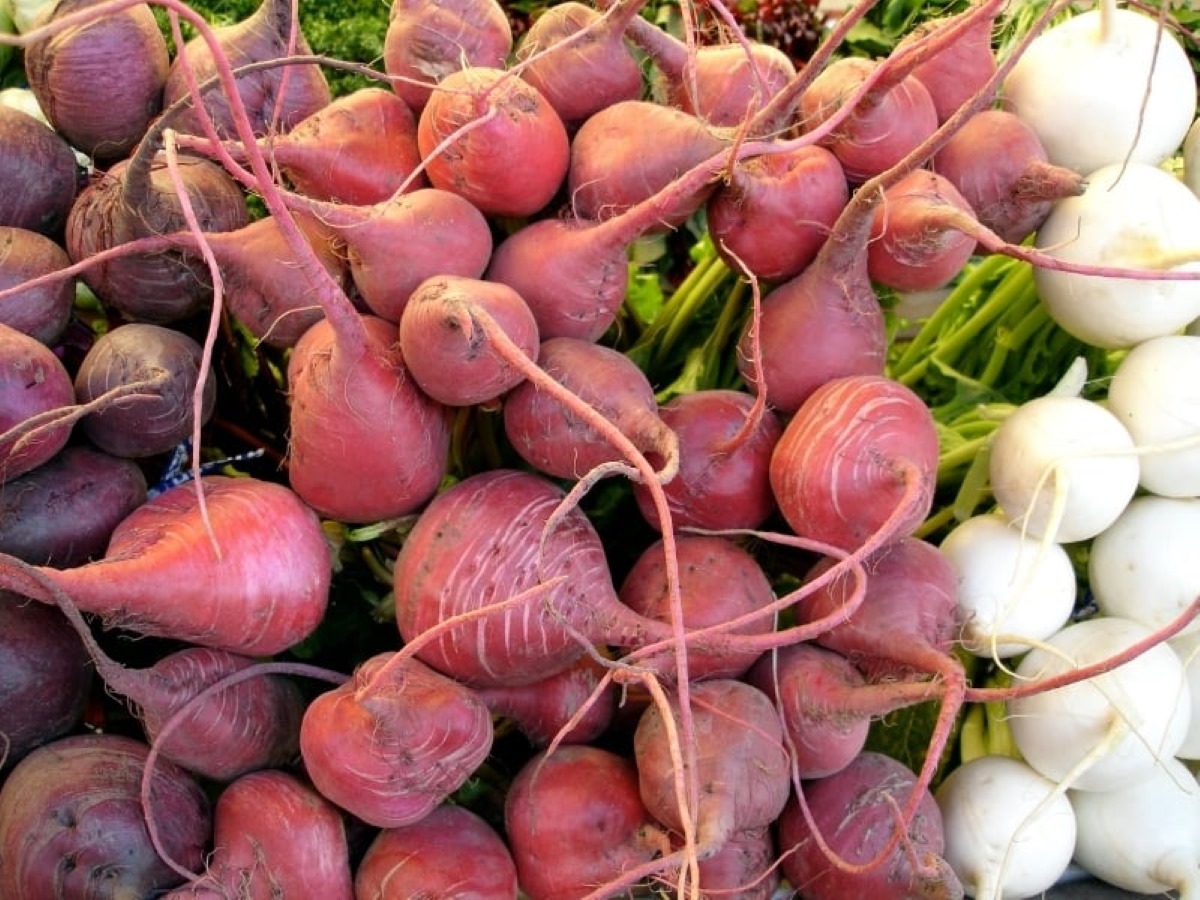
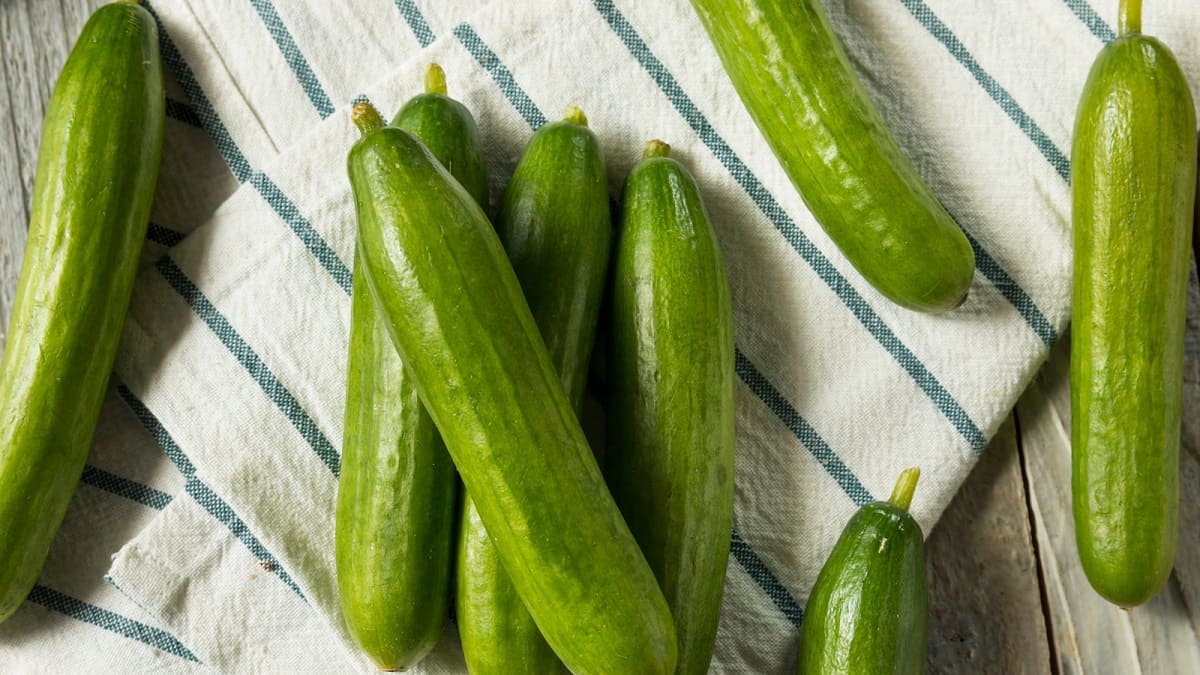
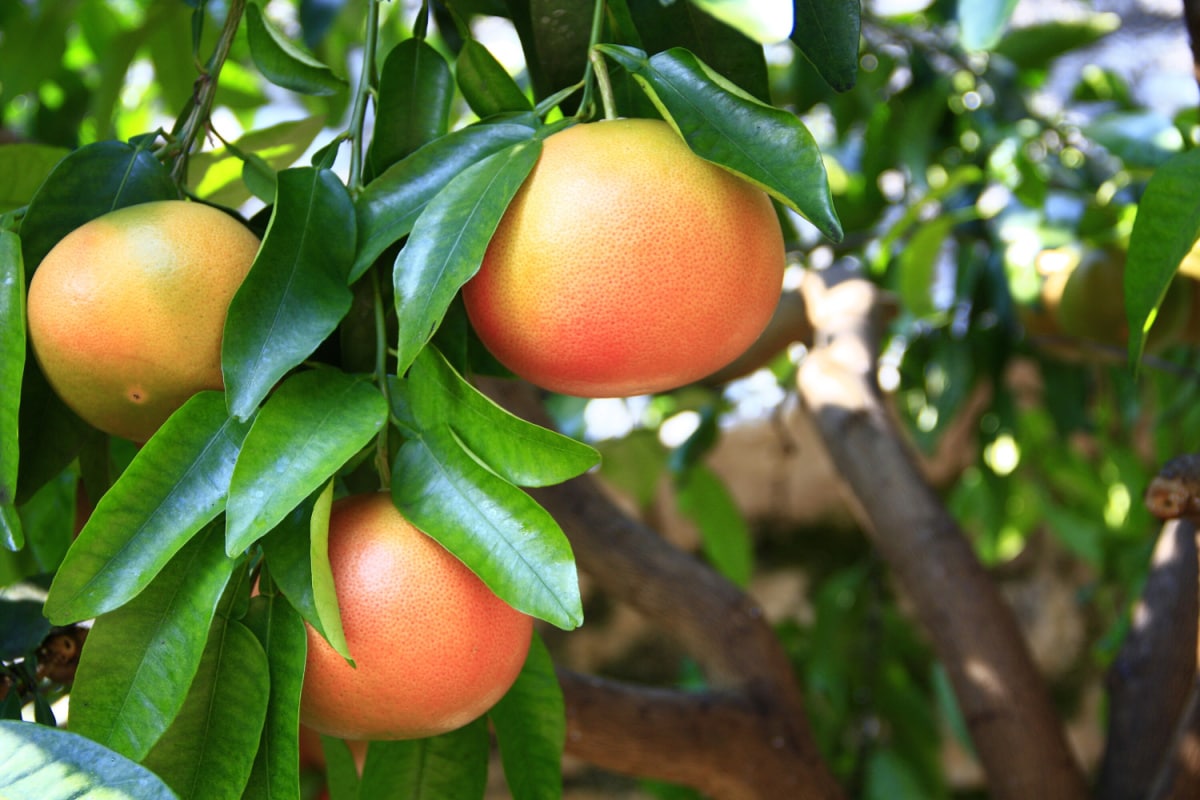
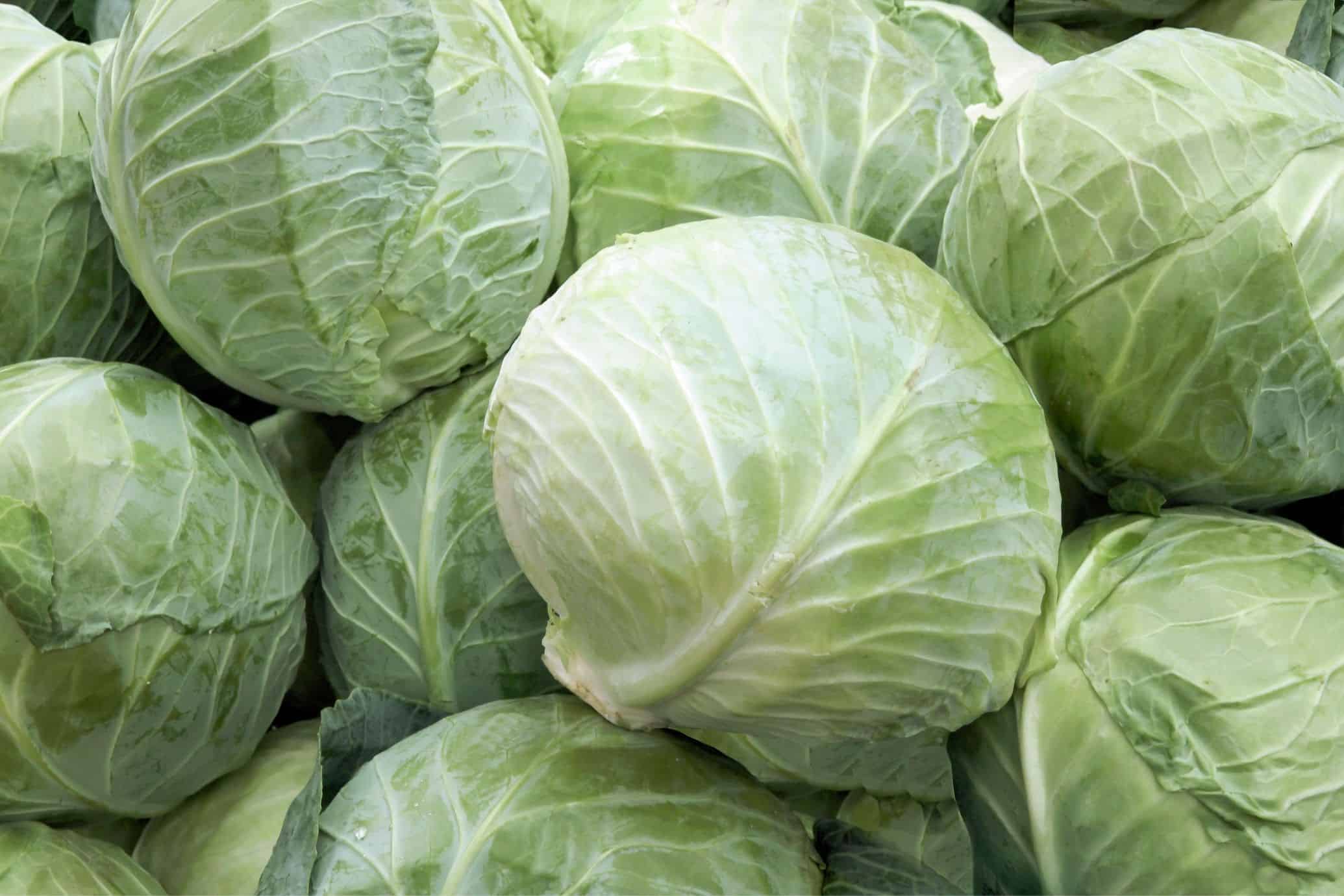
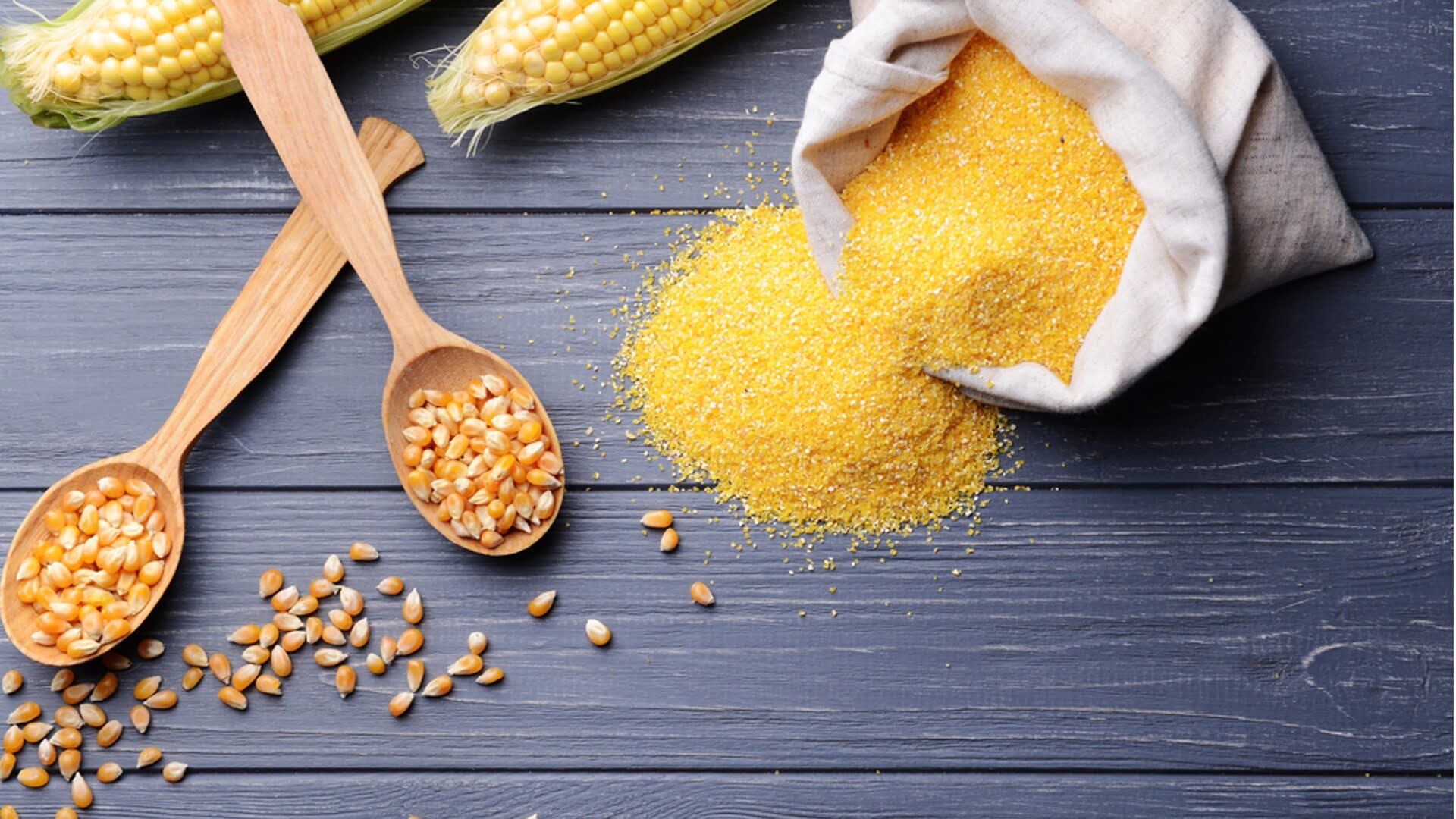
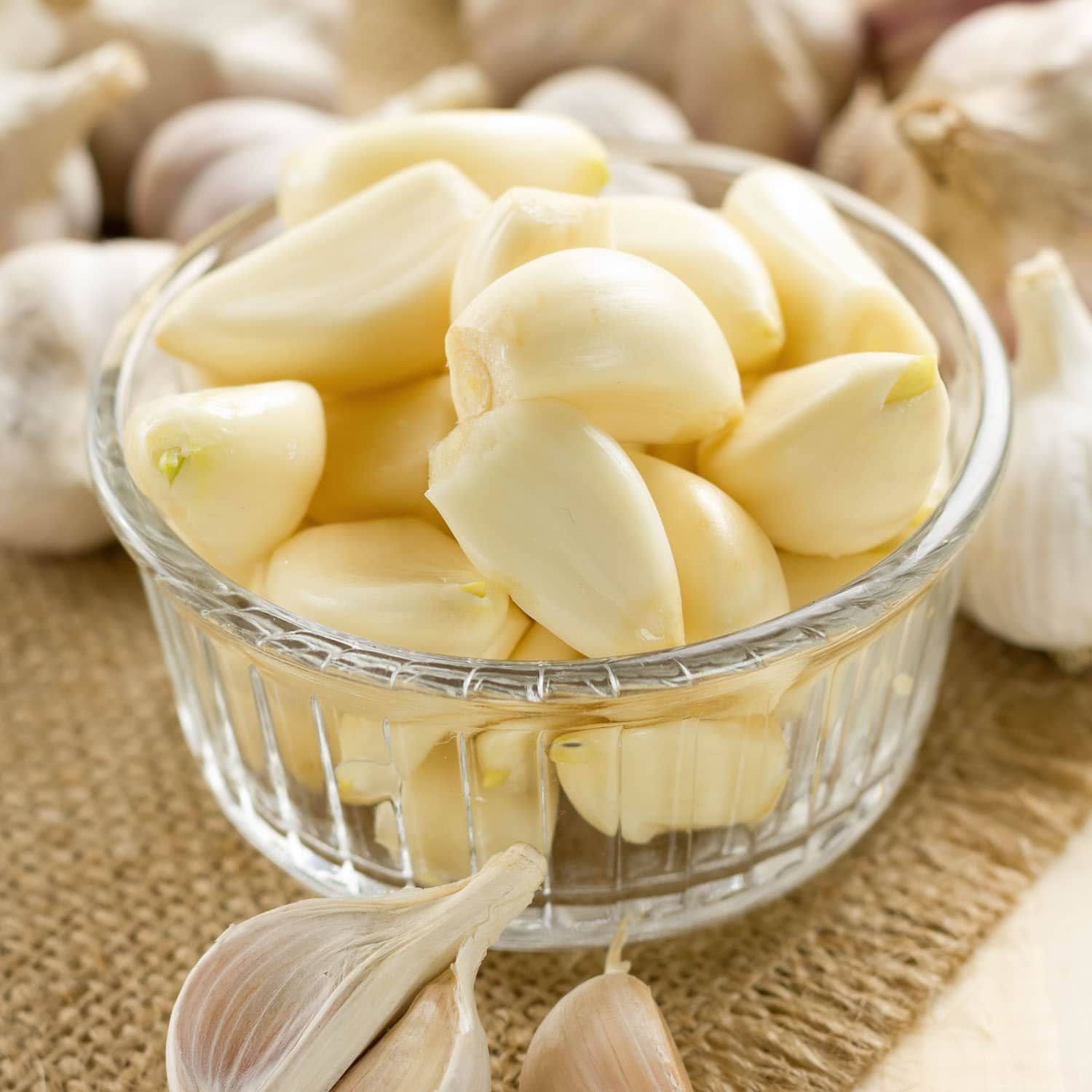
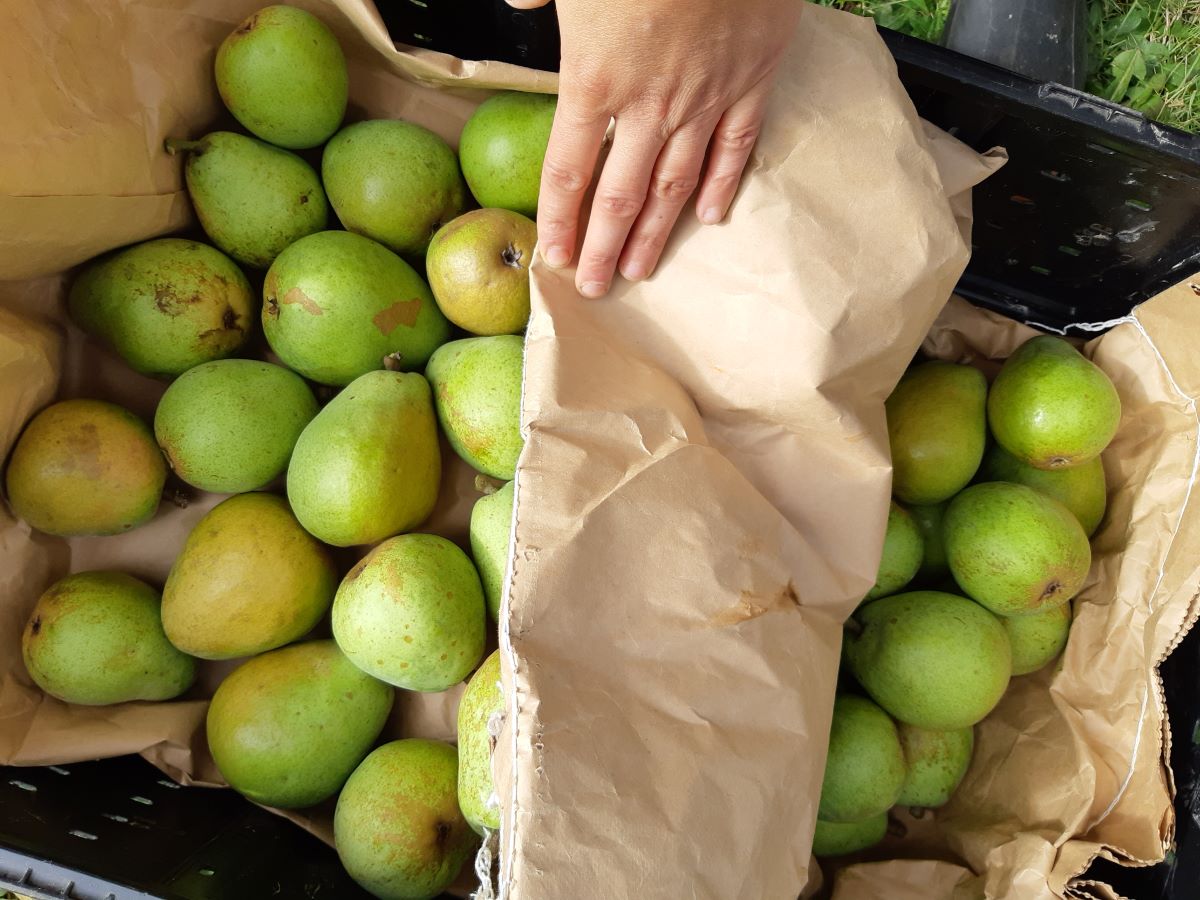
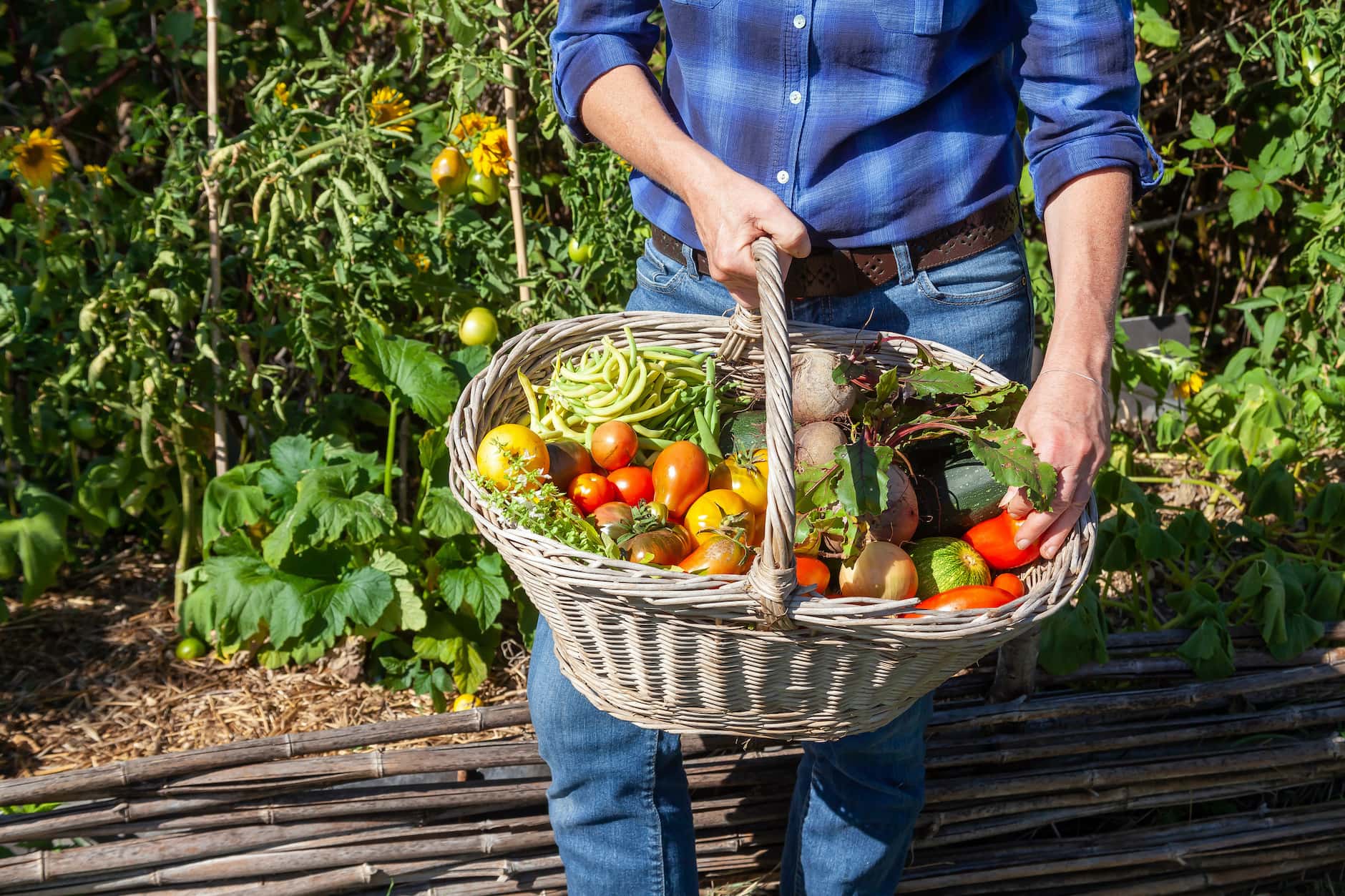
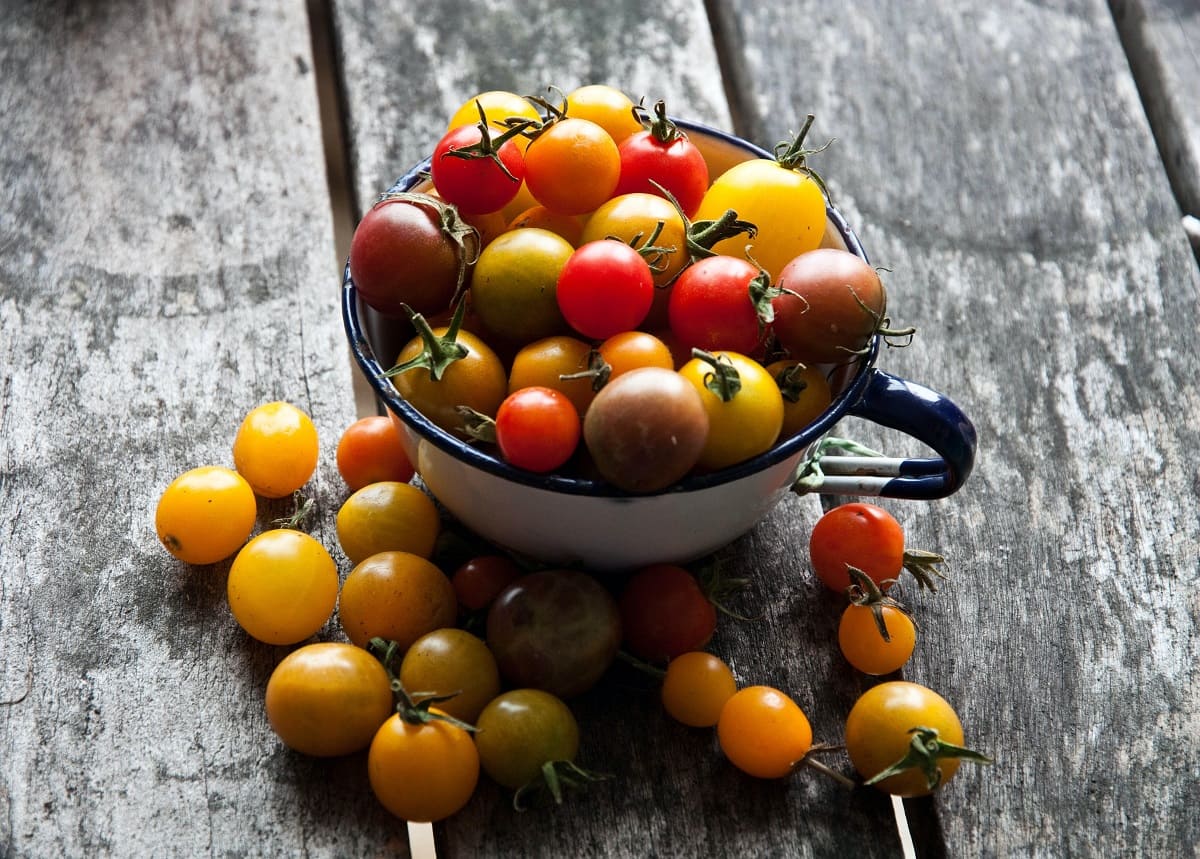
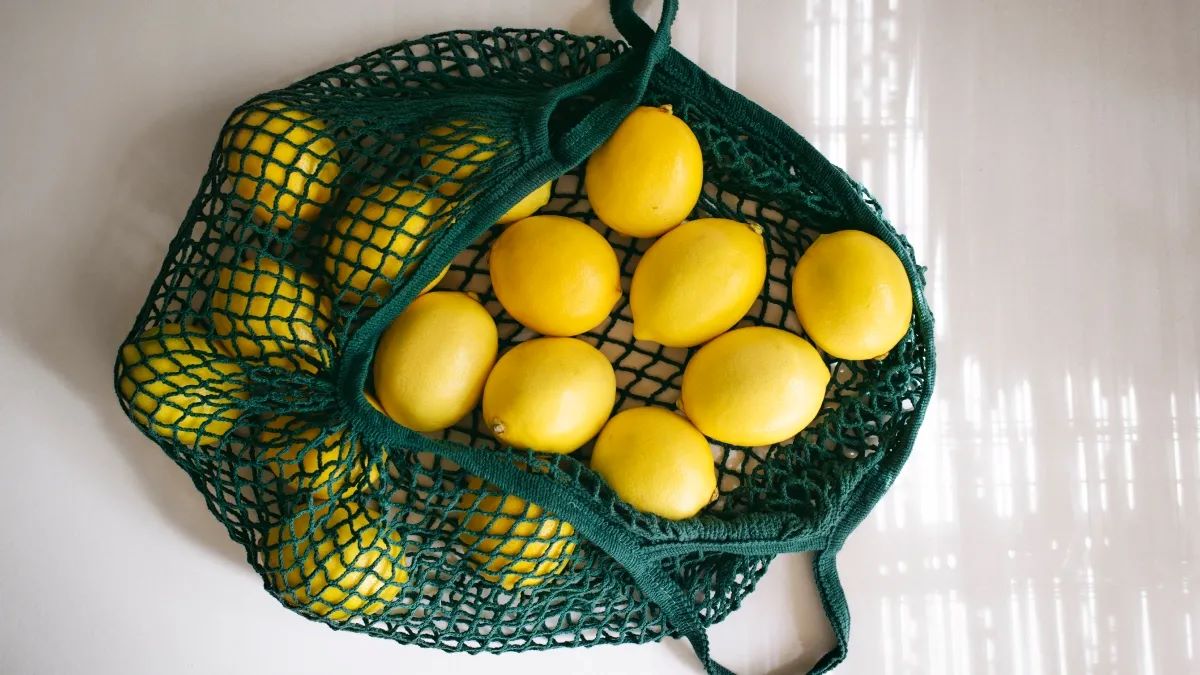
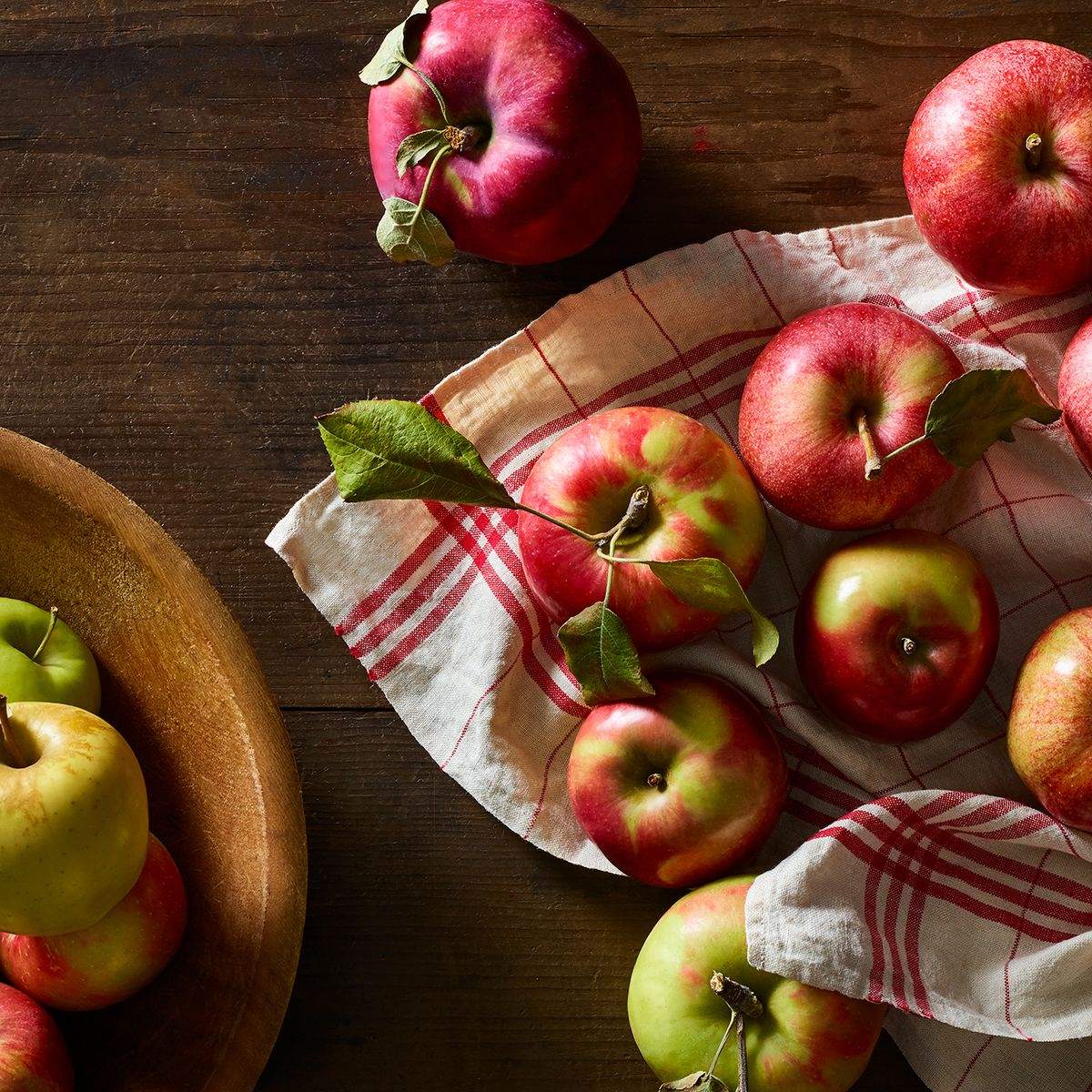
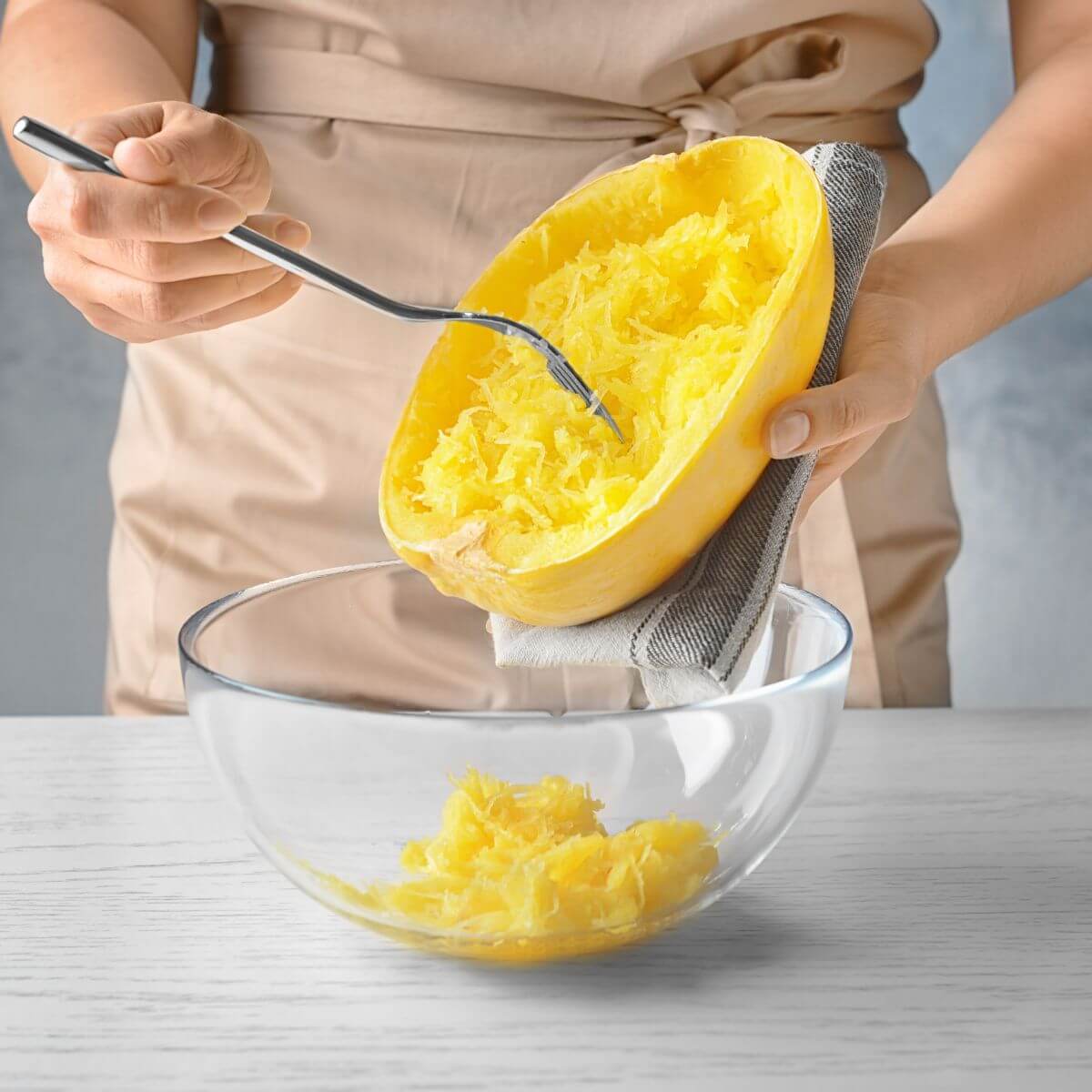
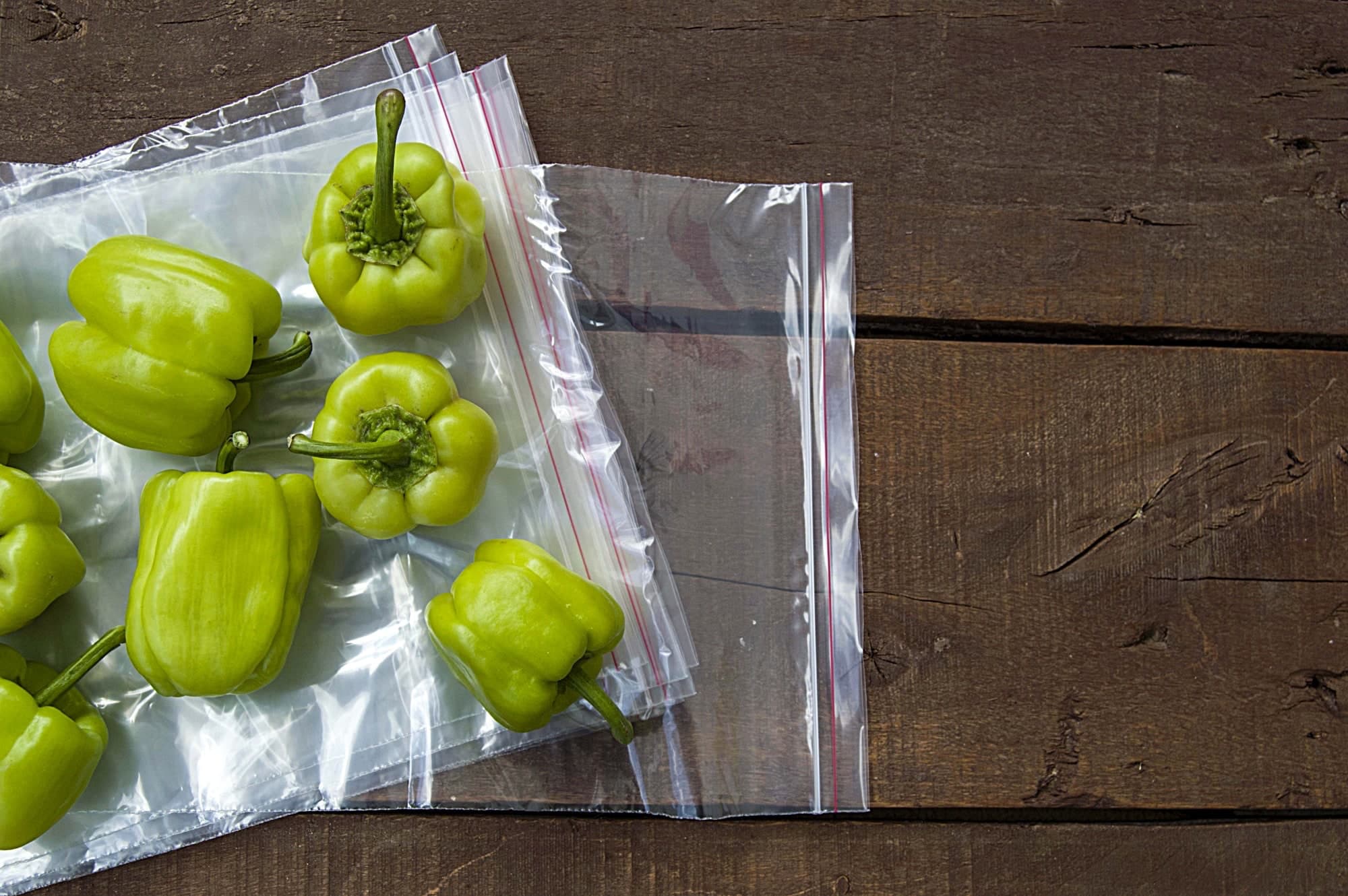

0 thoughts on “How To Store Vegetables Long-Term Without Refrigeration”